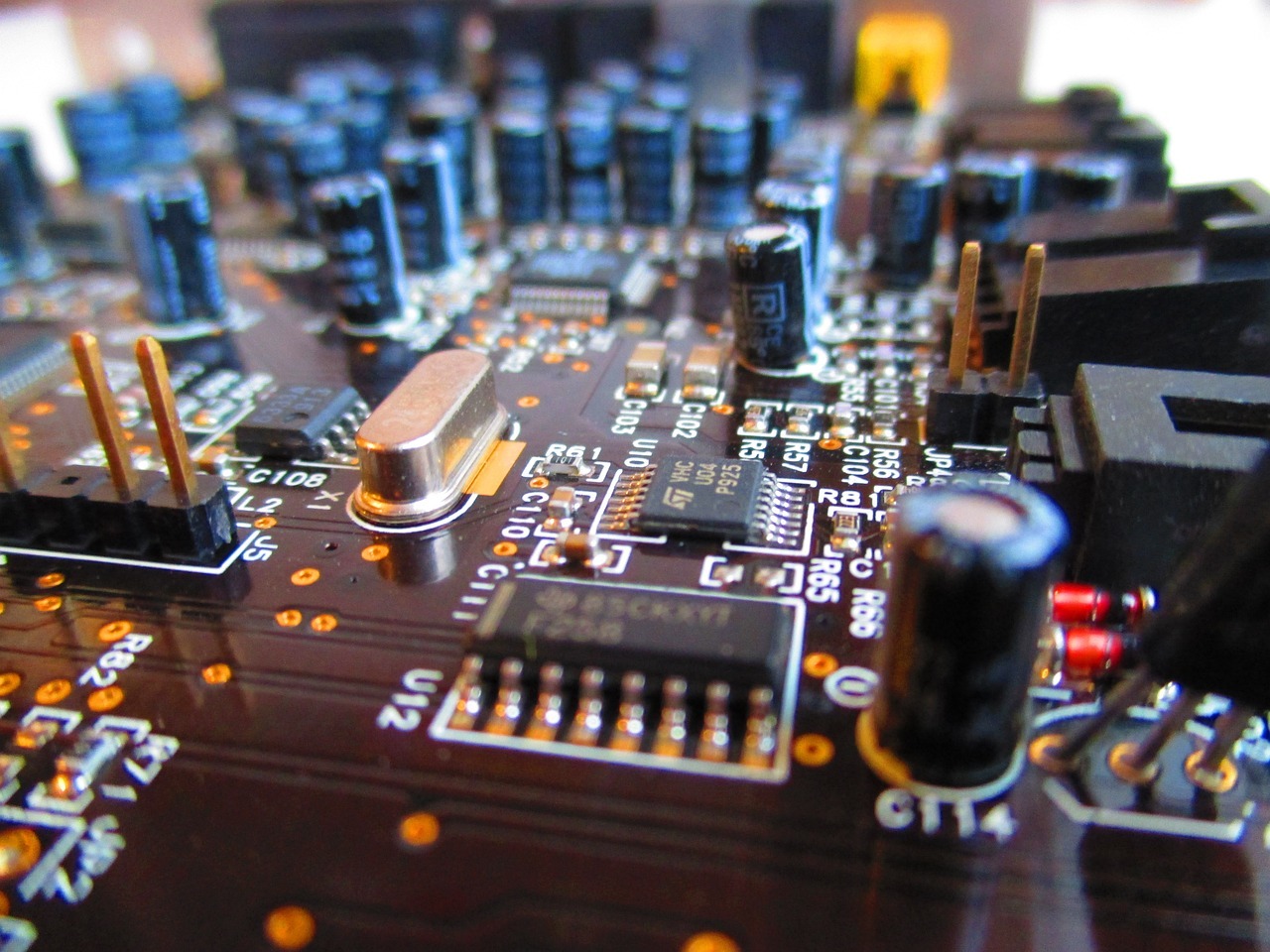Beginners in the electrical and electronics industries might find it challenging to understand the different components that make up a circuit board and their purposes. This might even challenge some people who have been in the industry for a long time.
It does not mean that you are not good at what you do. A circuit board is made up of more than ten components and they all handle different tasks. It is, therefore, natural for a person to find all this overwhelming.
That notwithstanding, understanding these components and what they do is vital in fixing any issues with circuit boards. In this article, we are going to talk about some of the most important components that make a circuit board and their purposes.
Capacitors
A capacitor is responsible for storing energy in a circuit board. Even though circuit boards rely on another component called a resistor to manage their charge, a capacitor is responsible for temporarily storing the charged energy and is important in the design of circuit boards.
This is one of the reasons they are often compared to batteries. While batteries keep their energy, a capacitor can be charged within seconds. It can also lose its charge within seconds. The energy is released whenever an electric supply is needed in the circuit board.
There are different types of capacitors depending on things such as the conductive metal plate that makes the capacitor. However, you will find ceramic, polyester, or radial capacitors in most circuit boards.
Resistors
All circuit boards rely on resistors as the foundation for the control of current. Resistors can be defined as the two ends that make electronic components. They allow the flow of controlled current through them easily.
As the two ends allow the flow of current, a resistor generates the voltage that a circuit board needs for its functions. The resistor works by creating heat from the voltage that it generates to restrict or allow the flow of current.
Once the voltage has been converted to heat, the resistor cools the whole circuit board by dissipating the heat. Even though there are different materials used in the manufacture of resistors, most circuit boards use the ones made with carbon film.
Transistors
A transistor is one of the most important components found in modern circuit boards. They are tasked with amplifying the charge that comes from the circuit board’s batteries. This is important in making sure that the circuit board works well.
Some of the most common transistors found in circuit boards are bipolar transistors. These transistors come with three locations and pins to amplify and store the circuit board’s electric charge.
There are two types of transistors. They include PNP and NPN transistors. Both types of transistors are made up of different parts, the emitter, collector, and base. You will find P-type and N-type areas on all transistors.
Parylene
Parylene has some of the best electrical properties, especially when it comes to its high dielectric strength and low dielectric constant. This makes it one of the best coating components for different electrical products.
This means that you will find Parylene used as a coating in circuit boards. This coating is important in making sure that the circuit board is protected from any interference. It also allows manufacturers to come up with compact and smaller circuit boards.
There are different types of parylene, with Parylene C being the most common. This is because of its biocompatible nature which makes it resistant to different chemicals, corrosive gasses, vapor, and moisture. This is essential in securing circuit boards.
Transformers
Transformers are the most common components in almost every other electrical component and the next big thing in higher education – robotics. They are tasked with transferring electricity or power from one place to another. They depend on induction technology for power transformation.
When it comes to circuit boards, a transformer increases and decreases voltage when transforming electricity for all the parts of the circuit board. Just like a resistor, the transformer is also tasked with regulating electricity flow.
However, they are not the same and they function differently. The transformer controls the flow of electricity by isolating it. You will find primary and secondary windings in transformers. While the primary winding dissipates energy, the secondary one receives the energy.
Battery
This is one of the circuit board’s components that everyone knows about. It is responsible for storing energy. This energy is stored in a chemical formation and converted to electrical energy when the need arises.
Using external circuits, the battery allows electrons to flow freely from one place to another. This allows the production of current which is constrained. This is where a transistor comes in. It amplifies the electrical power produced by the batteries.
There are different batteries used in circuit boards. However, rechargeable batteries are recommended. The flow of current starts from the positive terminal (anode) to the negative terminal (cathode).
Diodes
Diodes are tasked with electrical energy redirection in circuit boards. They shift power from one side of the circuit board to another. A diode comes with two terminals. While one of the terminals ensures that electricity flows in one direction, the other one blocks the flow of electricity.
The direction of flow starts from the positive terminal of the diode to its negative terminal. Diodes are similar to resistors because they both control the flow of electricity. The LED (Light Emitting Diode) is the most popular diode.
Other components making up a circuit board include inductors, integrated circuits, switches, oscillators, the Silicon Controlled Rectifier (SCR), a potentiometer, and sensors. Understanding these components is important for those who want to fix issues with their circuit boards.









